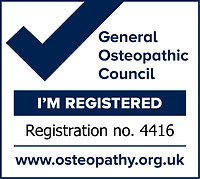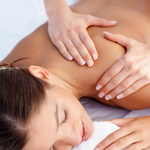
What is Osteopathy?
Osteopathy is a system of diagnosis and treatment which looks at how all the various body systems work together to maintain health and recover from injury.
As Osteopaths, our primary area of expertise is in the assessment and treatment of the Musculoskeletal System.
That is the bones, joints, ligaments and muscles which go to make up the framework of the body.
We do this by developing extremely sensitive palpatory skills (sense of touch), enabling us to feel the condition of these body tissues and assess how they are functioning and how they are interacting with other tissues.
The aim being to ensure that these fundamental structures are functioning well and providing good support to other vital systems:-
cardiovascular system (heart and blood vessels),
digestive system (stomach and intestines),
respiratory system (lungs),
genito-urinary system (reproductive system and bladder),
neurological system (brain and central and peripheral nervous system),
endocrine (hormones) and
immune system (our protection against disease).
Osteopathy is a recognised system of diagnosis and treatment based on established scientific principles of anatomy, physiology and pathology, which places its emphasis on the structural and functional integrity of the body, unique to each patient.
The philosophy underpinning Osteopathic practice is that the human body quite evidently has its own self-healing mechanisms and that pain and dysfunction can occur when this self-healing capacity is overwhelmed.
Osteopaths are highly skilled in the ability to assess and treat painful conditions through a direct hands on approach, adjusting the body to help stimulate its own healing response and restore its normal balance.
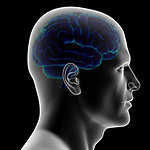
Cranial Osteopathy
Despite the name, cranial osteopathy is not only concerned with the head but also the spine and sacrum (the base of the spine).
It is a gentle and subtle approach to the treatment of the whole body via a motion that osteopaths know as the involuntary mechanism.
Like breathing, this mechanism goes on 'behind the scenes' in a constant rhythmic motion throughout the body.
Cranial osteopaths are able to feel this movement through the joints of the head called sutures that exist between the bony plates of the skull and also through the sacrum.
This motion when disturbed can cause body wide effects and cranial osteopaths are able to influence the movement by subtle adjustments to it and so restore balance throughout the whole body.
Whilst movement occurs at the skull sutures throughout adult life, it is particularly apparent in babies and young children as the sutures have not yet begun to fuse and so they are well suited to cranial treatment.
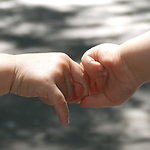
Babies and Children
The physical stress on a baby during the birth process is considerable but they are well adapted to cope with this and the subsequent structural strains will naturally resolve in the days and weeks that follow.
However, this is not always the case. This is most evident in babies who have had a difficult delivery, either unusually long or very rapid labour or where there has been an intervention at the birth such as a forceps delivery or an emergency C-section.
Where birth strains have not adequately resolved this can often be observed in their early behaviour.
For example, as feeding or sleeping difficulties, restlessness, constant crying or colic.
Early intervention by an Osteopath can help identify the cause of the problem, alleviate the distress and encourage a natural resolution of the birth strain.
Cranial and functional therapy are the options of choice when treating babies and small children and are extremely gentle and subtle, causing no distress to the infant and helping to resolve the problem quickly and efficiently.
Babies can be treated at any time following their birth and benefit from a more relaxed, less stressful start to their lives.
As they develop and grow, young children also sometimes need treatment. A birth strain may not be immediately apparent and only emerge later as the child develops, problems with balance for instance may only become noticeable when the child starts to stand and walk. Or they may develop digestive or sleeping difficulties later or issues with hearing or speech.
It is obviously important that any problems are assessed and treated as early as possible in order that they are not carried into maturity as the child grows.
Children may also present with problems as they grow which are not related to any birth strain at all.
Toddlers, for example, frequently pick up knocks and injuries as they learn to stand and walk and explore the world around them and whilst most of these injuries are minor and resolve quite happily on their own, some may have longer term consequences if left untreated.
Again, cranial and functional osteopathic techniques are the treatment mode of choice for children, as they are gentle and non-invasive and children often find the experience relaxing and pleasant.
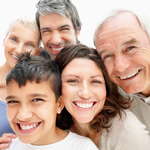
Who do Osteopaths Treat?
Osteopaths assess and treat a wide range of healthcare issues in both adults and children.
The following are some examples:

